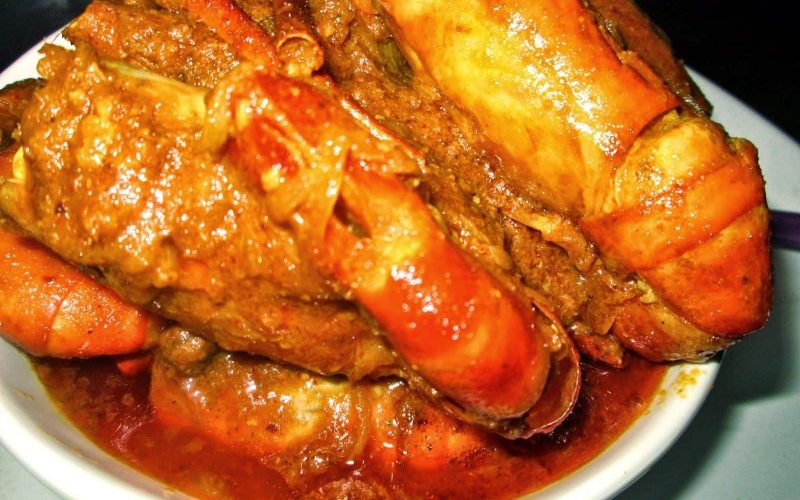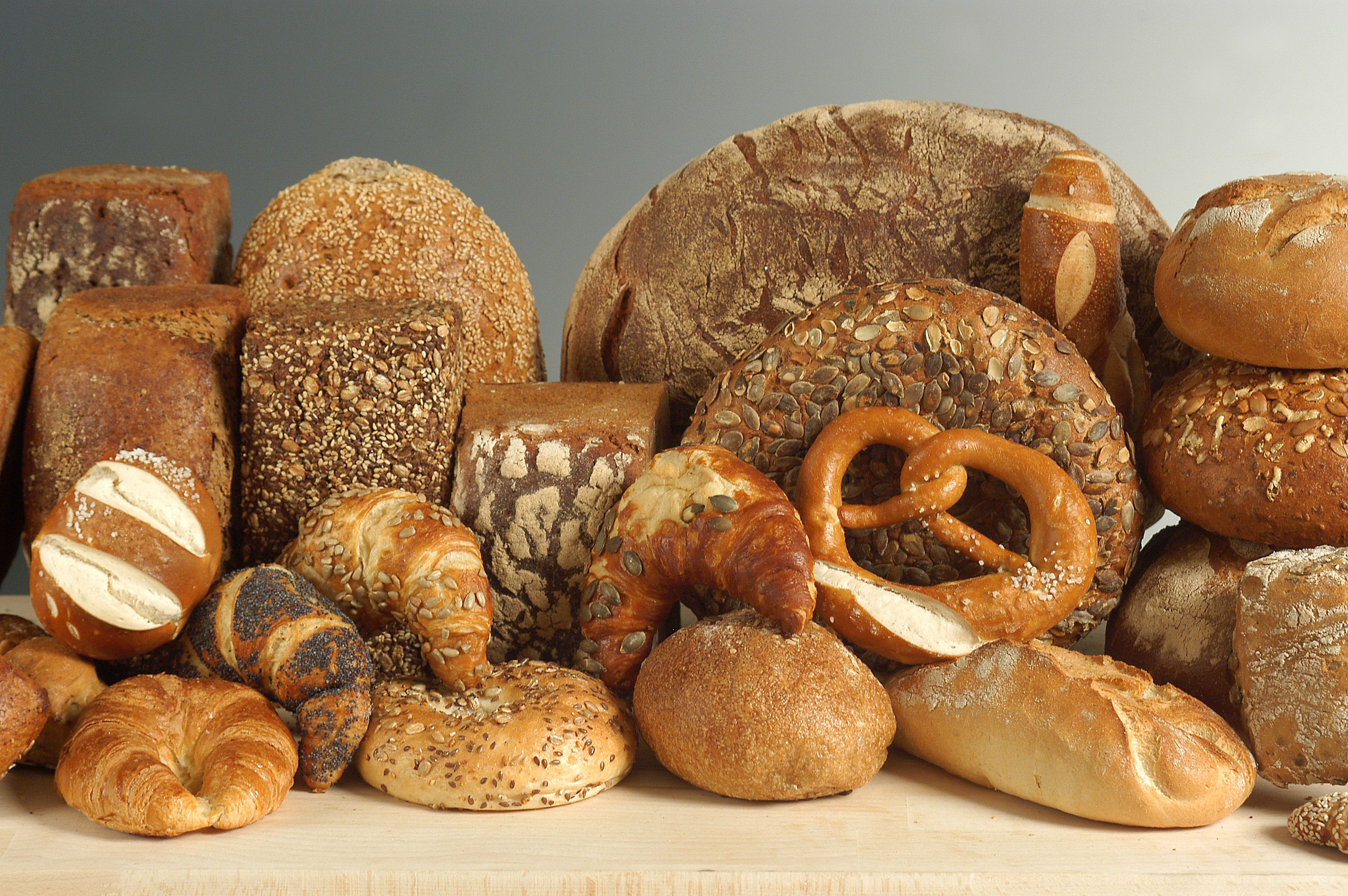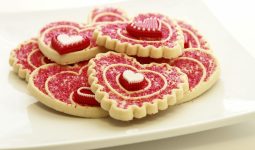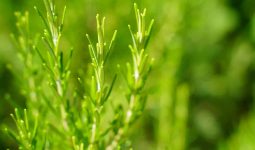Shrimp and prawn are essential sorts of fish that are expended around the world. In natural terms, shrimp and prawns have a place with distinctive suborders of Decapoda, nonetheless they are fundamentally the same in appearance and in business cultivating and fisheries, the terms are frequently utilized conversely.
Nonetheless, late aquaculture writing progressively utilizes the expression “prawn” just for the freshwater manifestations of palaemonids and “shrimp” for the marine penaeids. In the United Kingdom, the statement “prawn” is more regular on menus than “shrimp”; while the inverse is the situation in North America.
The expression “prawn” is likewise approximately used to depict any vast shrimp, particularly those that come 15 (or less) to the pound, (for example, “lord prawns”, yet now and again known as “gigantic shrimp”).
Australia and some other Commonwealth countries take after this British utilization to a significantly more noteworthy degree, utilizing the saying “prawn” practically solely.
At the point when Australian entertainer Paul Hogan utilized the expression, “I’ll slip an additional shrimp on the barbie for you” in an American TV advertisement,it was proposed to make what he was stating simpler for his American crowd to comprehend, and was in this manner a conscious twisting of what an Australian would regularly say.
In Britain little shellfish with a caramel shell are called shrimp, and are utilized to make potted shrimps. They are additionally utilized within dishes where they are not the essential fixing.
Shrimp and other shellfish are among the most well-known nourishment allergens.the Jewish laws of Kashrut restrict the consuming of shrimp.
As per the King James variant of the Old Testament, it is satisfactory to consume finfish, yet shrimp are a detestation and ought not to be eaten in Islam, the Shafi’i, Maliki and Hanbali schools permit the consuming of shrimp, while the Hanafi School does not permit it in Sunni Islam, nor does the Shi’ite school (Ja’fari) permit it.
Shrimp are high in levels of omega-3s (for the most part helpful) and low in levels of mercury (by and large dangerous). Similarly as with other fish, shrimp is high in calcium, iodine and protein yet low in nourishment vitality.
A shrimp-based dinner is likewise a critical wellspring of cholesterol, from 122 mg to 251 mg for every 100 g of shrimp, contingent upon the technique for planning.
Shrimp utilization, in any case, is viewed as solid for the circulatory framework in light of the fact that the absence of noteworthy levels of immersed fat in shrimp implies that the elevated cholesterol content in shrimp really enhances the degree of LDL to HDL cholesterol and brings down triglycerides.
Preparing shrimp for utilization normally includes evacuating the head, shell, tail, and “sand vein”. To de-shell a shrimp, the tail is held while tenderly uprooting the shell around the body.
The tail could be separated totally as of right now, or left joined for presentation purposes. Uprooting the “sand vein” (a doublespeak for the digestive tract) is alluded to as “deveining”.
The sand vein could be uprooted by making a shallow chop the long way down the external bend of the shrimp’s body, permitting the dim strip like digestive tract to be evacuated with a pointed utensil.
Uncommon deveining devices are now and then utilized yet blades, sticks, and even toothpicks could be utilized to devein.alternatively, if the tail has been disconnected, the vein might be squeezed at the last part and hauled out totally with the fingers.
On substantial shrimp, the “blood vein” (a doublespeak for the ventral nerve rope) along the internal bend of the shrimp’s body is normally evacuated too. The shrimp is then washed under icy running water.
Uprooting the vein is not vital, as it is not noxious and is basically vapid. Deveining does marginally change the flavor and makes it more reliable. Shrimp likewise frequently devour little measures of sand unintentionally and the vein subsequently may be abrasive.
Prawns and coconut milk, maybe the most widely recognized mix for South East Asian curry. From waterfront Kerala to Sri Lanka, Indonesia, Thailand, Malaysia, this mix is utilized within a mixture of formula.
The most unpretentious of all is the Golda Chingri Malaikari, a cooking from Bangladesh and Bengali talking individuals in India.
Chingri Malaikari Recipe
- Arrangement time: 10 minutes
- Cooking time: 15 minutes
- Serves: 4
- Trouble level: Medium
Fixings
- 500 gms SCAMPI or Golda Chingri, hold the head and the last shell towards the tail, clean the waste sack from the head, devein from the back.
- Khara Masala (2 Bay leaves, 4 cloves, 3-4 green cardamom and a stick of cinnamon)
- 1 huge Onion, finely cut (not slashed)
- 1 huge Onion glue
- 1 tsp every Turmeric and Red Chili Powder
- Coconut milk (Thin)- 2 mugs or 400 ml
- Coconut milk (Thick) -1 mug or 200 ml
- Sugar 1 tsp
- Salt to taste
- 4 to 6 green chillies, cut partially through
Guidelines
- Marinade the Prawns in minimal salt and turmeric and keep aside
- Heat ghee in a wok or kadai
- Put the Khara Masala when the ghee begins smoking
- Add cut onions and sauté till its gotten to be tan and fresh, fare thee well not to smolder the onion
- Now include the onion glue
- Prepare a glue with turmeric, red stew powder and 1 tbsp water; add this glue to the kadai
- Continue mixing for few minutes
- Remove the kadai from high temperature and sit tight for 1 moment to chill it off
- Now include the dainty coconut drain and bring it once more to hotness, get the substance begin bubbling
- Reduce the substance to half by bubbling
- Add minimal salt and the green chillies
- Add the Prawns, blanket and stew for 2 minutes (If the prawns are enormous, permit minimal more of a chance)
- Remove the cover, include sugar and cook for 30 seconds
- Now include the thick coconut drain, and mix well
- Adjust flavoring
- Serve hot with Basmati Rice or Ghee Bhat (a Bengali Pilaf)








